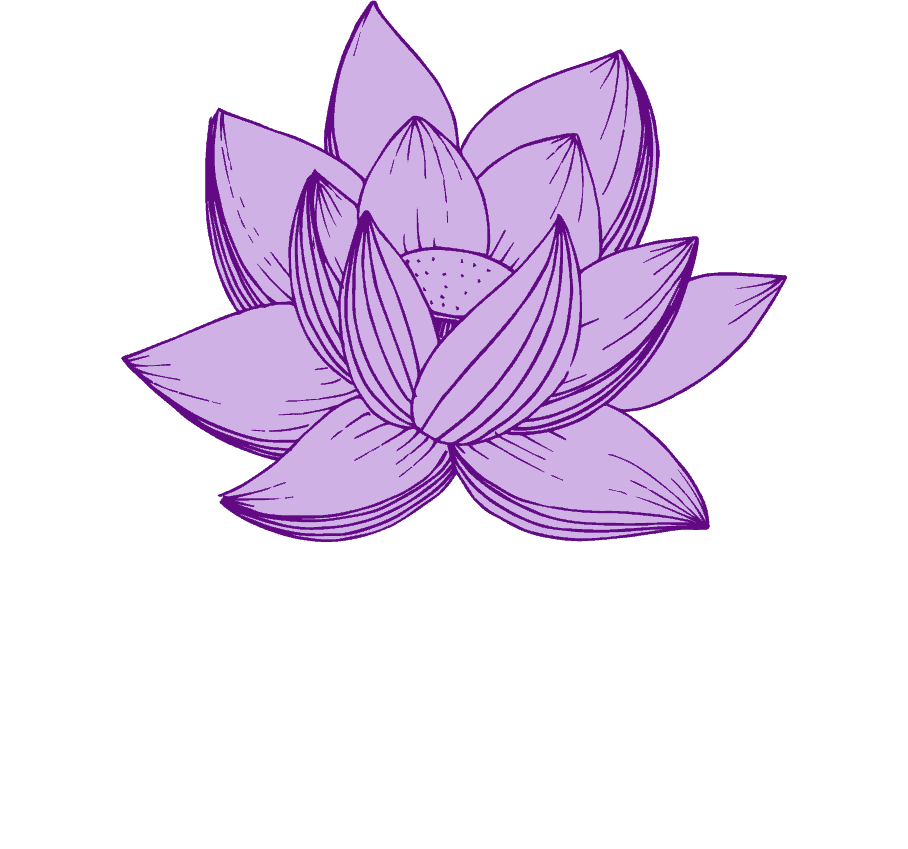Panic attacks can be overwhelming. One moment you’re fine, and the next, you’re gripped by a sense of impending doom, your heart racing and your breath catching in your chest. While panic attacks can be terrifying, the good news is there are effective strategies you can use to regain control and manage these overwhelming experiences. This blog post will guide you through practical steps and techniques to help stop a panic attack, so you can face these episodes with resilience and confidence.
Understanding Panic Attacks
Before diving into management strategies, it’s crucial to understand what a panic attack is. A panic attack is a sudden surge of intense fear or anxiety that triggers physical responses, often without an apparent danger or cause. Symptoms can include:
- Heart palpitations
- Shortness of breath
- Dizziness or lightheadedness
- Sweating or chills
- A feeling of detachment from reality
- A sense of losing control
Step-by-Step Guide to Stop a Panic Attack
Panic attacks can strike unexpectedly, leaving you feeling overwhelmed and out of control. This step-by-step guide is designed to empower you with practical techniques to help manage and eventually stop a panic attack in its tracks. Whether you’re experiencing the first signs of panic or are in the midst of an intense episode, these strategies aim to bring immediate relief by calming your mind and soothing your body.
It’s important to remember that while these steps can be very effective, they are not a substitute for professional advice or treatment. If you find that panic attacks are a recurring issue or if your symptoms become unmanageable, please consider seeking help from a mental health professional. With the right tools and support, you can take control and navigate through these challenging moments more confidently.
1. Recognize the Symptoms and Accept Them
The first step in managing a panic attack is recognizing that it’s happening. Remind yourself that although these symptoms are distressing, they are not life-threatening. Acceptance is key; struggling against the sensation can intensify the attack. Once you acknowledge you’re having a panic attack, you can begin to take control.
2. Practice Deep Breathing
Deep, focused breathing can help counter the hyperventilation often associated with panic attacks. Follow these steps:
- Breathe in slowly through your nose for a count of four.
- Hold your breath for a count of four.
- Exhale slowly through your mouth for a count of eight.
- Repeat until you begin to feel calmer.
Deep breathing helps regulate your nervous system and encourages your body to shift from a state of panic to a state of calm.
3. Engage in Grounding Techniques
Grounding techniques help redirect your focus from your anxiety to the present moment. Here are a few methods:
- 5-4-3-2-1 Technique: Identify five things you can see, four things you can touch, three things you can hear, two things you can smell, and one thing you can taste.
- Mindful Observation: Focus on a single object in detail, such as the texture of a fabric or the pattern on a wall.
These techniques can shift your attention away from the overwhelming sensations and thoughts of a panic attack.
4. Use Positive Affirmations and Mantras
Powerful affirmations or mantras can help remind you that panic attacks are temporary and manageable. Some examples include:
- “This too shall pass.”
- “I am in control of my breath and my body.”
- “I am safe, and I will get through this.”
These reminders can reinforce a mindset of strength and resilience.
5. Distract Yourself
Sometimes distraction can be an effective tool to break the cycle of panic. You can try:
- Counting backward from 100
- Doing simple math problems in your head
- Listening to a favorite song and focusing on the lyrics or beat
Distraction helps interrupt negative thought patterns and redirects your mind’s focus.
6. Visualize a Safe Place
Visualization can be a powerful relaxation technique. Close your eyes and imagine a peaceful, calming place, whether it’s a beach, forest, or favorite room in your home. Envision every detail: the sounds, smells, and sensations associated with this place. Visualization can help transport your mind away from panic and into peace.
7. Reach Out for Support
If possible, connect with someone you trust who can provide comfort. Speaking to a friend, family member, or support hotline can offer reassurance and help ground you in the moment. Sometimes simply hearing a calming voice can make all the difference.
8. Engage in Progressive Muscle Relaxation
Progressive Muscle Relaxation (PMR) is a technique that involves tensing and then slowly releasing each muscle group in your body, starting from your toes and working up to your head. This practice can reduce physical tension that amplifies the sensations of a panic attack, helping restore a sense of relaxation.
9. Consider Professional Help
While these techniques can be beneficial, it’s essential to recognize when professional help is needed. If you find panic attacks are frequent or severely impacting your life, consulting a mental health professional can equip you with tailored coping strategies and potential therapeutic interventions.
Find Your Strength with Resilience Behavioral Health
At Resilience Behavioral Health, we understand the unique challenges panic attacks can pose, and we’re here to help you regain control and find stability. Our mental health treatment programs in Massachusetts offer comprehensive, evidence-based therapy designed to meet your specific needs. With personalized care and support, you can develop the resilience needed to manage panic attacks and live a fulfilling life.
Take the first step towards reclaiming your mental well-being. Contact Resilience Behavioral Health today to learn more about how we can support you on your journey to peace and confidence. Your mental health matters, and we’re here for you every step of the way.
Remember, you’re not alone in this journey. With the right strategies and support, you can learn to manage panic attacks effectively and lead a balanced, empowered life.


